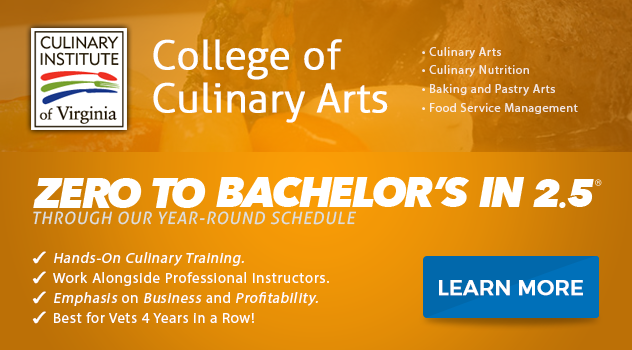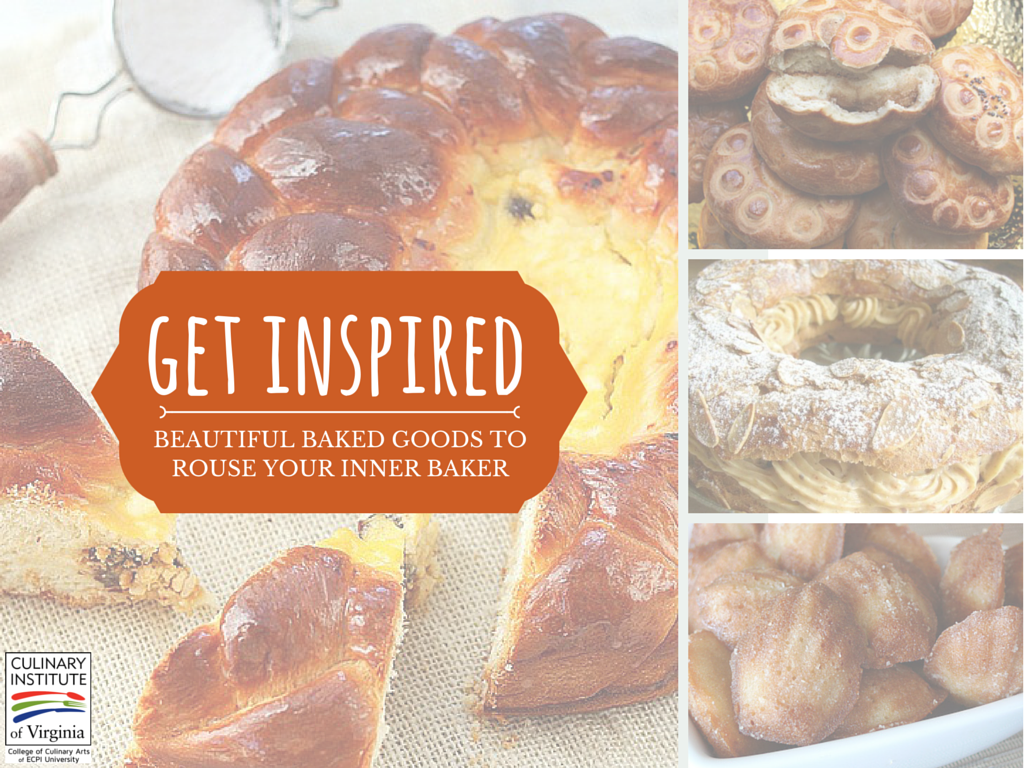
People eat first with their eyes. The sight of jewel-bright ripe berries, or the rich hue of a chocolate cake is enough to get one salivating. Bakers know this well, and their works are feasts for the eyes as well as the stomach.
The baker's skillset includes not just knowing recipes and how ingredients react chemically, but the muscle memory needed to turn out a perfectly latticed pie crust, rolling fondant to the perfect thickness, and shaping intricate cookies and pastries. Some of the finest traditional baked goods are reserved for weddings and other formal occasions, but some are simple enough to serve when company calls.
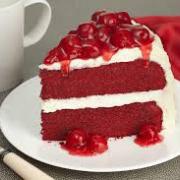 The Classic: Red Velvet
The Classic: Red Velvet
Until modern flour milling made it easy to turn out a finely textured cake, bakers added almond flour, cornstarch or cocoa to create a soft, fluffy texture. These cakes were called velvet cakes, and the most famous of these is Red Velvet Cake, famous for its deep red hue. Some say that the cake was invented as a way to encourage the use of red food coloring. Others believe that wartime rationing prompted bakers to use beets to sweeten cakes. But any way you slice it, red velvet is a jewel of a cake.
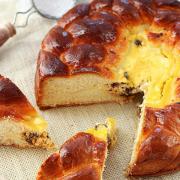 Festivity Meets Intricate Beauty: Pasca Bread
Festivity Meets Intricate Beauty: Pasca Bread
Traditional Easter celebrations often involve foods that were forbidden during Lent, including eggs, meat, or sweets. Pasca bread, served at Easter, is a slightly sweet bread with a cheese and raisin filling. In keeping with the festive season, the edge of the bread is braided and glazed for a glossy, golden treat worth looking forward to all year long.
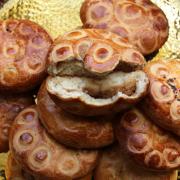 Stamped With Love: Koloocheh
Stamped With Love: Koloocheh
If you have saffron in your kitchen, you are probably used to using the crocus stamens for savory uses such as paella or other rice dishes. But across the Middle East and South Asia, the fragrant spice is used in sweets including ice cream and Koloocheh, a Persian cookie flavored with saffron and cardamom. A saffron infused egg wash gives the cookies an extra golden glow. With designs stamped into the cookies before baking, koloocheh resemble gold coins, a truly rich treat.
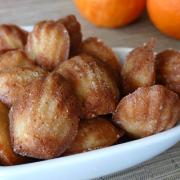 Shell-shaped & Splendid: Madelines
Shell-shaped & Splendid: Madelines
Proust wrote about them, and there can be no higher praise for these light shell-shaped tea cakes. Madelines get their shell shape from a specially-designed pan, but the real challenge of making Madelines is the technique. Most cookies and cakes are formed by creaming butter with sugar, then adding eggs and flour. Madelines involve adding browned butter last for a slightly nutty flavor. As Madelines are formed with a classic sponge batter, they lend themselves to a variety of flavors, from the most delicate touch of vanilla to hearty spice blends.
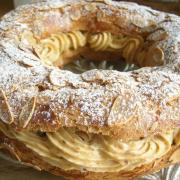 Eating for Sport: Paris-Brest
Eating for Sport: Paris-Brest
French cuisine is rightly renowned for their fine pastries, as French bakers have created a system of base doughs and fillings that are easily adapted to different shapes and flavors. The Paris-Brest pastry is one of the few pastries named for a sports event, the bicycle race between Paris and the coastal city of Brest. The pastry is in a ring shape to resemble a bicycle wheel. The ring of pastry is split to create two rings, and filled with cream. The classic recipe involves sweetened whipped cream, but other versions flavor the cream with hazelnut or pecans and caramel for a praline-inspired touch.
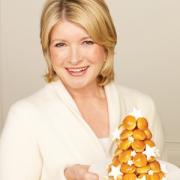 A Tower of Tradition: Croquembouche
A Tower of Tradition: Croquembouche
If you have been to a traditional French wedding, you may have encountered this towering treat. Croquembouche is made of cream-filled pâte à choux puffs doused in warm caramel. You will see croquembouche forming a conical shape now, but fanciful designs, including replicas of palaces were once popular. This rich treat may be crowned with spun sugar, almonds, or even fresh flowers. Arguably the queen of French desserts, croquembouche may be a "crunch in the mouth,†but it is also art on the plate.
Baking and pastry (@ Culinary Institute of Virginia - ECPI University School of Culinary Arts) http://t.co/SnVWvc1V
— Katie Reams (@kataytastic) March 8, 2012
Get Started on the Path to Become a Baking & Pastry Artist!
If you're interested in a career of making edible masterpieces, Culinary Institute of Virginia’s diploma program in Baking and Pastry Arts can give you the skills you need to create a fabulous fondant or an exquisite genoise. Whip up a sweet new future. Contact Culinary Institute of Virginia today. It could be the Best Decision You Ever Make!
DISCLAIMER – ECPI University makes no claim, warranty or guarantee as to actual employability or earning potential to current, past or future students or graduates of any educational program we offer. The ECPI University website is published for informational purposes only. Every effort is made to ensure the accuracy of information contained on the ECPI.edu domain; however, no warranty of accuracy is made. No contractual rights, either expressed or implied, are created by its content.
For more information about ECPI University or any of our programs click here: http://www.ecpi.edu/ or http://ow.ly/Ca1ya.


